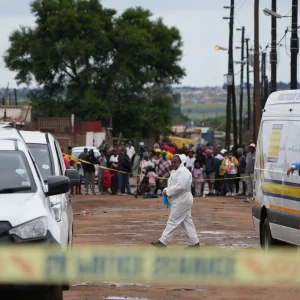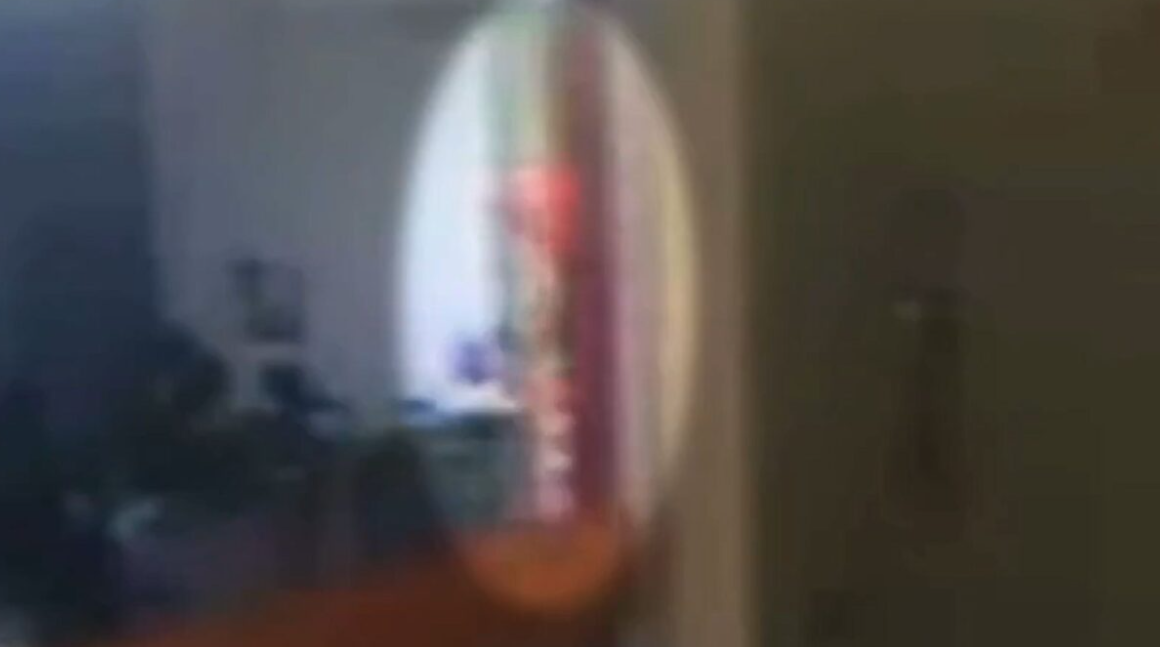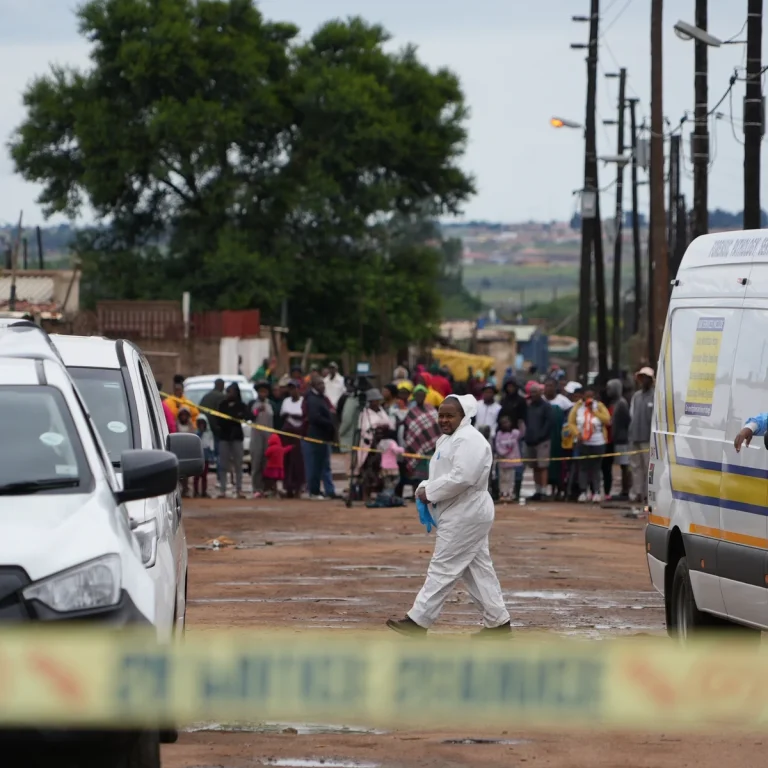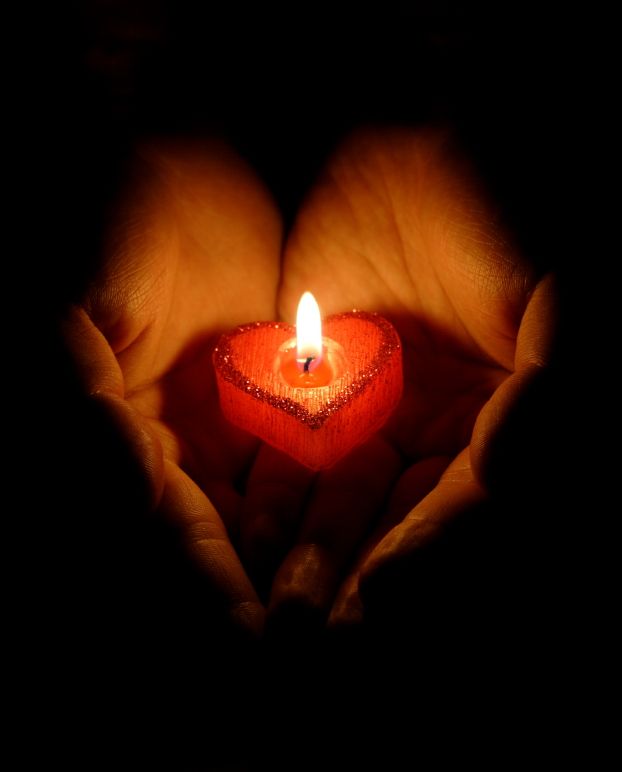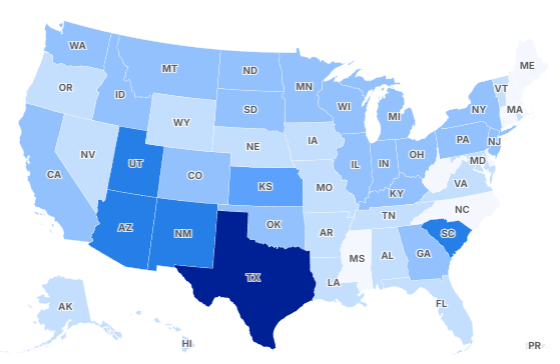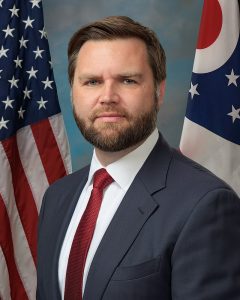New Scrutiny Cast Over Epstein Jail Surveillance Footage Following Expert Review
Surveillance footage from the night before Jeffrey Epstein’s death at the Metropolitan Correctional Center (MCC) in Manhattan has come under renewed scrutiny, raising serious questions about the official narrative and sparking fresh public debate over what really happened inside the notorious federal jail.
The Controversial Footage
The video, obtained and reviewed by CBS News, shows a figure dressed in orange ascending the stairs near Epstein’s cell block on August 9, 2019 — the night before Epstein was found dead in his cell. Federal investigators initially described this figure as a corrections officer carrying linens or inmate clothing. However, multiple forensic experts consulted by CBS now say that it is more likely the figure was an inmate wearing an orange jumpsuit.
Retired NYPD sergeant and forensic video analyst Conor McCourt told CBS, “Based on the limited video, it’s more likely a person in an [orange] uniform.” This revelation has added fuel to ongoing questions about the level of surveillance and supervision around Epstein’s cell.
Gaps in Surveillance and Video Anomalies
Forensic experts who reviewed the footage also raised doubts about the thoroughness of the Department of Justice’s investigation into Epstein’s death. The FBI and DOJ have maintained that all entry and exit points near Epstein’s cell were covered by surveillance cameras. Yet, CBS’s analysis indicates the stairwell captured in the video is almost entirely out of the camera’s view, and the doorway to Epstein’s cell is not visible at all.
Jim Safford, a video forensic expert, told CBS News, “To say that there’s no way that someone could get to that, the stairs up to his room, without being seen is false.” Four additional experts agreed with this assessment.
Adding to suspicions, the footage reviewed appears not to be original video but rather a screen recording, as indicated by the visible cursor and video menu on screen. Moreover, there is a one-minute gap in the footage just before midnight, and the video’s aspect ratio changes abruptly at one point — both of which suggest potential tampering or incomplete data.
Official Response and Continued Investigation
Despite these findings, the Office of the Inspector General (OIG) has stood by its original conclusion that Epstein died by suicide. The OIG released a statement reiterating that its comprehensive assessment took into account chronic staffing shortages at the Bureau of Prisons and the facility’s failure to maintain high-quality camera coverage.
“As CBS notes, nothing in its analysis changed or modified the OIG’s conclusions or recommendations,” the statement said.
Nevertheless, public interest in Epstein’s death has surged again following a recent Department of Justice declaration that there is no evidence of foul play. This statement came nearly five years after Epstein was charged with sex trafficking minors and later found dead while in federal custody.
The Larger Context: Ongoing Legal and Political Developments
Adding complexity to the saga, Ghislaine Maxwell—Epstein’s longtime associate—was recently questioned for two days by U.S. Deputy Attorney General Todd Blanche regarding the case. Maxwell is currently serving a 20-year federal sentence after being convicted of assisting Epstein in trafficking and abusing underage girls. Her legal team is reportedly seeking a commutation or pardon from President Trump.
The DOJ and FBI have also confirmed that they found no evidence Epstein maintained a “client list” implicating others in his criminal activities — a claim that has been a persistent subject of speculation and conspiracy theories.
President Donald Trump addressed the ongoing speculation, urging Americans to focus on other national priorities rather than “waste time and energy” on Epstein’s case.
Why the Epstein Case Continues to Captivate
Epstein’s death remains one of the most talked-about and controversial events of recent years, primarily because of the high-profile nature of his connections and the suspicious circumstances surrounding his death. The appearance of a mysterious figure on the surveillance video, gaps in the footage, and questions about camera coverage all add to the perception that critical details have been withheld or overlooked.
For many, the inconsistencies feed a deep mistrust in official accounts and the justice system’s handling of powerful individuals. Forensic experts’ concerns over video authenticity and gaps have reignited calls for further transparency and investigation.
What Experts Are Saying
Forensic video specialists point out that video evidence is only as reliable as its source material and chain of custody. The fact that this footage appears to be a screen recording rather than original video could mean the possibility of editing, loss of data, or mishandling.
Experts stress the importance of releasing original, unedited surveillance footage to restore public trust and allow independent examination.
“It’s crucial that every angle, every piece of footage is accounted for and preserved,” said McCourt. “Any gaps or anomalies naturally raise questions that must be answered.”
Conclusion: The Epstein Mystery Is Far from Over
As new information comes to light and expert opinions challenge prior conclusions, the scrutiny of Jeffrey Epstein’s final days intensifies. While official investigations maintain that Epstein’s death was a suicide, forensic analysis of surveillance footage raises serious concerns about what happened inside the MCC the night before his death.
The renewed focus on this footage, combined with ongoing legal developments involving Maxwell and the larger Epstein network, ensures that this case will remain in the public eye for the foreseeable future.
Whether the video ultimately provides clarity or only deepens the mystery, one thing is certain: the demand for transparency and accountability around Epstein’s death has never been stronger.

Emily Johnson is a critically acclaimed essayist and novelist known for her thought-provoking works centered on feminism, women’s rights, and modern relationships. Born and raised in Portland, Oregon, Emily grew up with a deep love of books, often spending her afternoons at her local library. She went on to study literature and gender studies at UCLA, where she became deeply involved in activism and began publishing essays in campus journals. Her debut essay collection, Voices Unbound, struck a chord with readers nationwide for its fearless exploration of gender dynamics, identity, and the challenges faced by women in contemporary society. Emily later transitioned into fiction, writing novels that balance compelling storytelling with social commentary. Her protagonists are often strong, multidimensional women navigating love, ambition, and the struggles of everyday life, making her a favorite among readers who crave authentic, relatable narratives. Critics praise her ability to merge personal intimacy with universal themes. Off the page, Emily is an advocate for women in publishing, leading workshops that encourage young female writers to embrace their voices. She lives in Seattle with her partner and two rescue cats, where she continues to write, teach, and inspire a new generation of storytellers.
